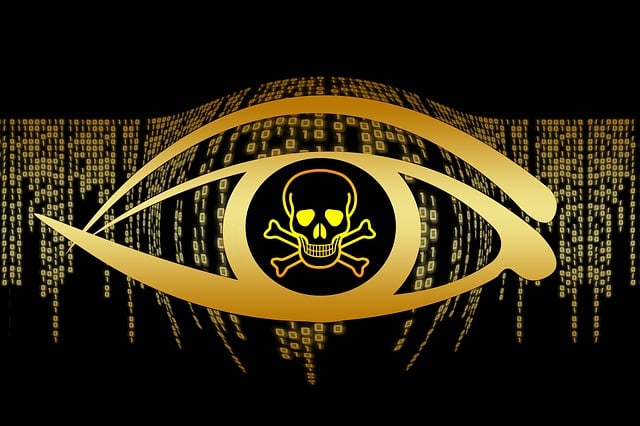In part I of this entry, we explained the history and usefulness of an insurance policy that guarantees protection against cyber risks. Now we will analyze the possible coverages that it can offer us.
Types of insurance against cyber-attacks
We will find completely different types of policies: some will only cover the Civil Liability attributable to the insured, while others will have First Party guarantees (own damages). These are the options:
- Third Party Loss (civil liability): when a third party claims against us for damages that we may have caused. The indemnities for which the insured may be liable plus defense costs are covered.
- Regulatory procedures: intended to cover sanctioning procedures of the Administration, together with their possible sanction.
- Incident management expenses: very important, as this covers forensic expenses to determine the origin and scope of the damage, as well as legal advice, call centers and expenses associated with compensating for the reputational damage caused.
- First Party Loss: this is understood as the loss of income caused by this failure in the systems, see a stoppage of activity, for example.
As is logical, these professional cyber insurances will have a very different cost depending on the value of the assets under threat, size of the company, level of digital exposure, etc.
Where can we find the origin of a claim?
The causes of cyber or computer incidents may not only be due to a security breach. It is also very often caused by human error. That is why so much effort is put into training people to be able to detect indicators of possible viruses that come into operation when clicking on a link or opening an email, for example.
Other causes may be: a programming error, usurpation of intellectual property of third parties, …
The latter may have to be negotiated individually with the insurance company in order for them to offer you such coverage.

Examples of cyber incidents:
- The American supermarket chain Target: for a breach in its security, which disseminated personal customer data (hundreds of millions of dollars in losses).
- Delta airline, also American: failure in its systems that caused errors in the information of flight times, reservations and others, also with millions of dollars in losses, hundreds of cancelled and postponed flights.
Why do SMEs apply for these cyber risk policies?
The security levels of SMEs are much lower, while the cyber threats to which they are exposed are the same as large companies.
At the same time, the frequency of these attacks is increasing with each passing day (100,000 there were in 2016, double that of 2015). Likewise, Spain is the third most attacked country in the world, behind only the USA and the UK.
Tips:
- To contract a policy of unlimited retroactivity: as we always advise in the subscription of Civil Liability policies. In this way we make sure to cover any claim that, although it has not been notified yet, may come to us in the future, due to past events.
- Get advice from an Insurance Broker who can help you in the process of contracting a policy of these characteristics.
Our brokerage, as a specialist in business insurance, has analyzed the different products of the insurance companies. We are able to advise you on the one that best suits your needs. If you need it, contact us.




